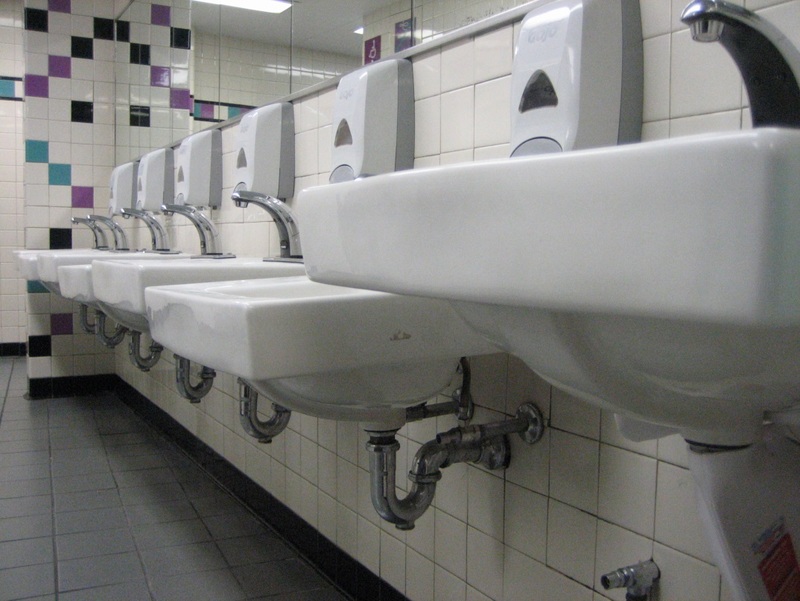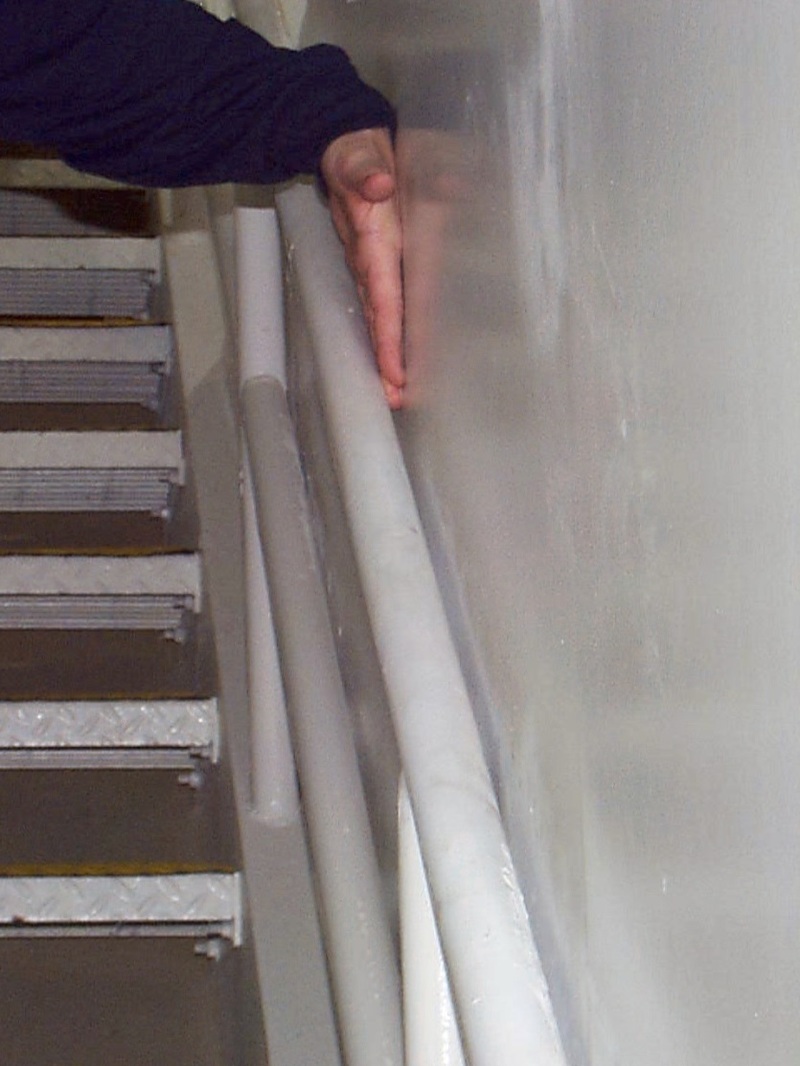Understanding the proper use of “construction and manufacturing tolerances” under the ADA requires understanding several key concepts. First, as defined in Section 104.1.1 and clarified in its advisory, they are intended to apply only to certain sections of the 2010 ADA Standards where dimensions are stated as single dimensions or as simple minimums or maximums. Second, they apply primarily to difficulties caused by field conditions and the inherent limitations of materials and methods used in construction and manufacturing building materials and systems. And, third, they cannot be used to excuse ignorant, careless, or sloppy design or construction.
Limitations of Materials and Methods
Sloppy Construction
True “construction industry tolerances” as defined by the ADA Standards, should not be confused with another concept that we call “Acceptable Measurements.” Conditions that fall within one true tolerance of the requirements in the ADA Standards are fully compliant with the standards in new construction, alterations, and existing facilities. “Acceptable Measurements,” on the other hand, are simply existing conditions and dimensions that plaintiffs and facility owners agree can remain if the facility owners will fix everything that falls outside of those “Acceptable Measurements”. These measurements are often listed in a readily achievable barrier removal or program access consent decree or settlement agreement or are agreed upon later when disagreements arise about what the original agreement actually intended. They are always case-specific and do not apply to others outside of the case where they are listed. They are simply negotiated settlement conditions agreed upon by the parties in the specific case to which they apply. True tolerances under the ADA are far more specific, should be relatively consistent, and are broadly applicable.
As you can see in the requirements from the sections below, the 2010 ADA Standards significantly expanded the explanation of dimensional tolerances when compared to the 1991 Standards. Many of the questions that were open to question under the language of the 1991 Standards were answered by the language of the new section and by its advisory text.
Ignorant or Careless Design or Construction
Ignorant or Careless Design or Construction





User Comments/Questions
Add Comment/Question